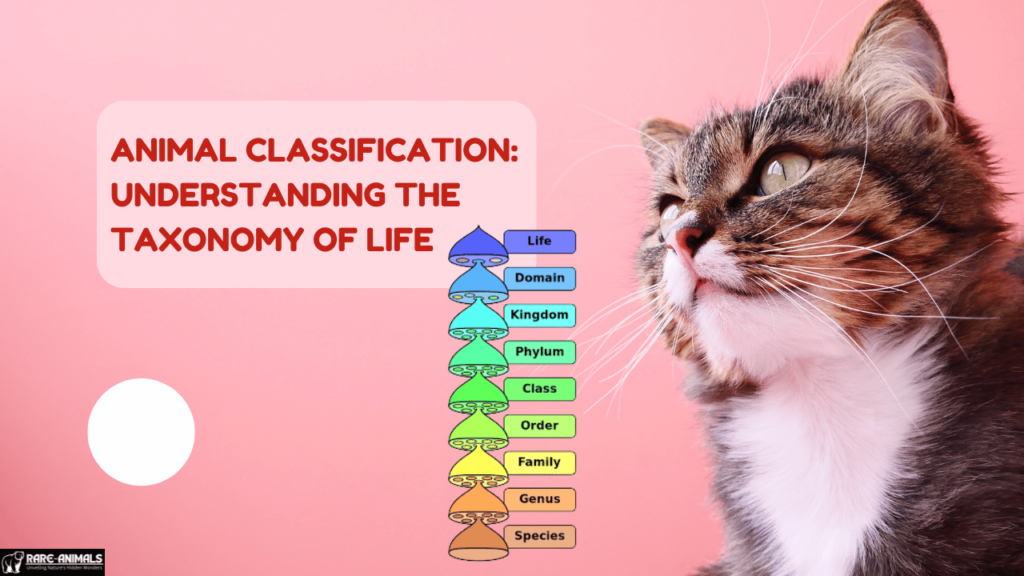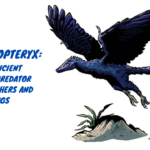Animal classification, or taxonomy, is the scientific system used to categorize and organize all living organisms. This hierarchical system helps scientists, researchers, and educators understand the relationships between species, their evolutionary history, and their ecological roles.
By classifying animals into distinct groups based on shared characteristics, we can study biodiversity more effectively and work towards its conservation.
In this comprehensive guide, we will explore the principles of animal taxonomy, the major classification ranks, and how scientific advancements continue to shape our understanding of life on Earth.
What Is Animal Classification?
Animal classification is the process of grouping organisms based on shared characteristics. The modern system follows binomial nomenclature, a method introduced by Carl Linnaeus in the 18th century, where each species is given a two-part Latin name (genus and species).
Why Is Animal Classification Important?
- Understanding Evolutionary Relationships – Helps track the evolutionary lineage of species.
- Facilitating Scientific Communication – Provides a standardized naming system used worldwide.
- Aiding in Conservation Efforts – Identifies endangered species and their relatives for conservation planning.
- Improving Medical and Agricultural Research – Many discoveries in medicine and agriculture come from studying related species.
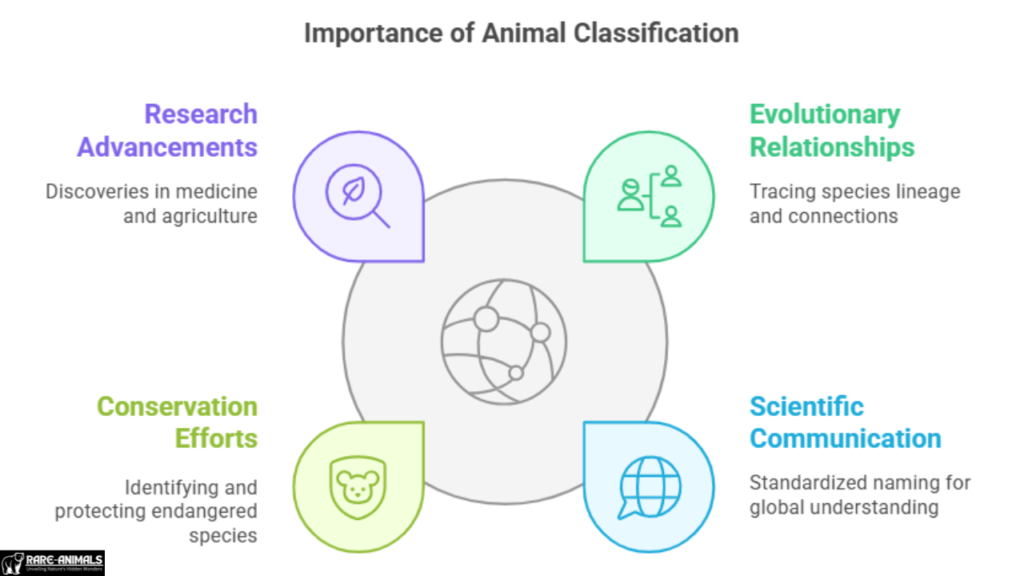
The Hierarchical System of Classification
The classification of animals follows a hierarchical system with different levels. These levels, also known as taxonomic ranks, range from broad (kingdom) to specific (species).
The Seven Main Taxonomic Ranks
| Taxonomic Rank | Example (Lion – Panthera leo) |
|---|---|
| Kingdom | Animalia |
| Phylum | Chordata |
| Class | Mammalia |
| Order | Carnivora |
| Family | Felidae |
| Genus | Panthera |
| Species | Panthera leo |
Kingdom: The Broadest Category
The Kingdom Animalia consists of all animals, distinguishing them from plants, fungi, and bacteria. Animals are characterized by their ability to move, heterotrophic diet (they consume organic material), and multicellular structure.
Phylum: Major Body Plan Differences
Phyla separate animals based on major structural differences. Some key animal phyla include:
- Chordata – Animals with a spinal cord (e.g., mammals, birds, fish).
- Arthropoda – Invertebrates with exoskeletons and jointed legs (e.g., insects, spiders, crustaceans).
- Mollusca – Soft-bodied animals, often with shells (e.g., snails, octopuses).
- Cnidaria – Marine animals with stinging cells (e.g., jellyfish, corals).
Class: Defining Major Groups Within Phyla
Within a phylum, class further divides organisms. For example, in Chordata, key classes include:
- Mammalia – Warm-blooded animals with fur and mammary glands.
- Aves – Birds with feathers and beaks.
- Reptilia – Cold-blooded animals with scaly skin.
Order and Family: Narrowing Down Characteristics
- Orders classify animals based on shared features (e.g., Carnivora includes lions, tigers, and bears).
- Families refine classification further (e.g., Felidae groups cats together).
Genus and Species: The Specific Identity
- Genus groups closely related species (e.g., Panthera includes lions, tigers, and leopards).
- Species is the most specific category, representing distinct organisms capable of interbreeding (e.g., Panthera leo for lions).
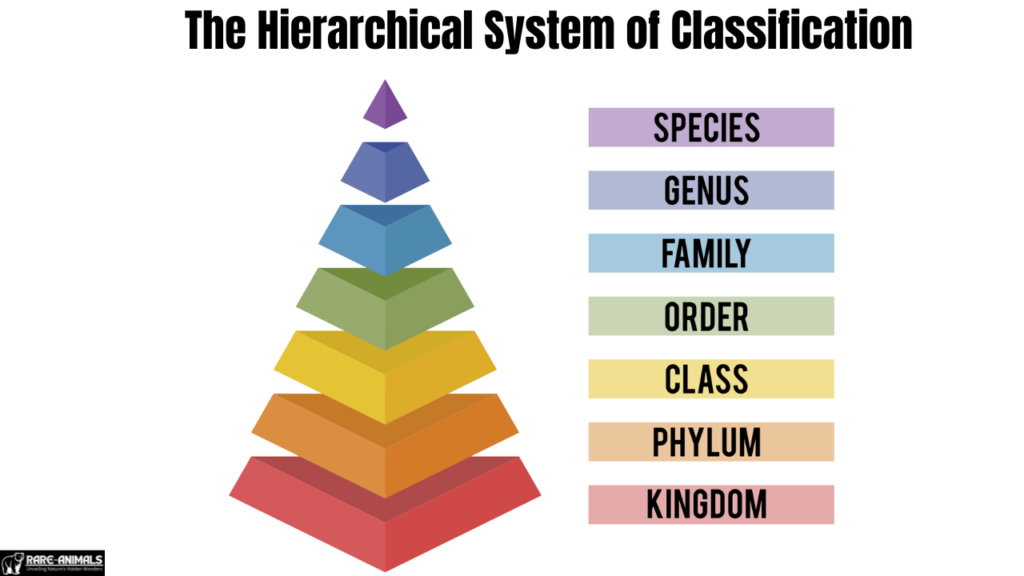
How Scientists Classify Animals Today
Traditional vs. Modern Classification Methods
In the past, classification was based solely on physical characteristics (morphology). However, modern methods incorporate genetic analysis, improving accuracy.
1. Morphological Classification
- Based on body structure, skeletal features, and external traits.
- Example: Whales and dolphins were initially grouped with fish due to their aquatic lifestyle but were later classified as mammals due to their warm-blooded nature and mammary glands.
2. Molecular (DNA) Classification
- Uses genetic sequencing to determine relationships.
- Example: DNA evidence revealed that birds are more closely related to dinosaurs than previously thought.
3. Cladistics and Evolutionary Relationships
- Uses phylogenetic trees to map species’ evolutionary history.
- Example: The discovery that crocodiles share a closer evolutionary link to birds than to lizards.
The Impact of Animal Classification on Conservation
Protecting Endangered Species
- Identifying Threatened Species – The IUCN Red List uses classification data to determine conservation status.
- Understanding Ecosystem Roles – Classifying species helps in studying their ecological impact.
- Genetic Diversity and Breeding Programs – Zoos and wildlife conservation programs use taxonomy to guide breeding efforts.
Case Study: Conservation of the Black Rhinoceros (Diceros bicornis)
- The black rhino was classified as Critically Endangered due to poaching.
- Taxonomy helped differentiate subspecies, aiding in targeted conservation efforts.
- DNA analysis allowed researchers to trace population declines and genetic bottlenecks.
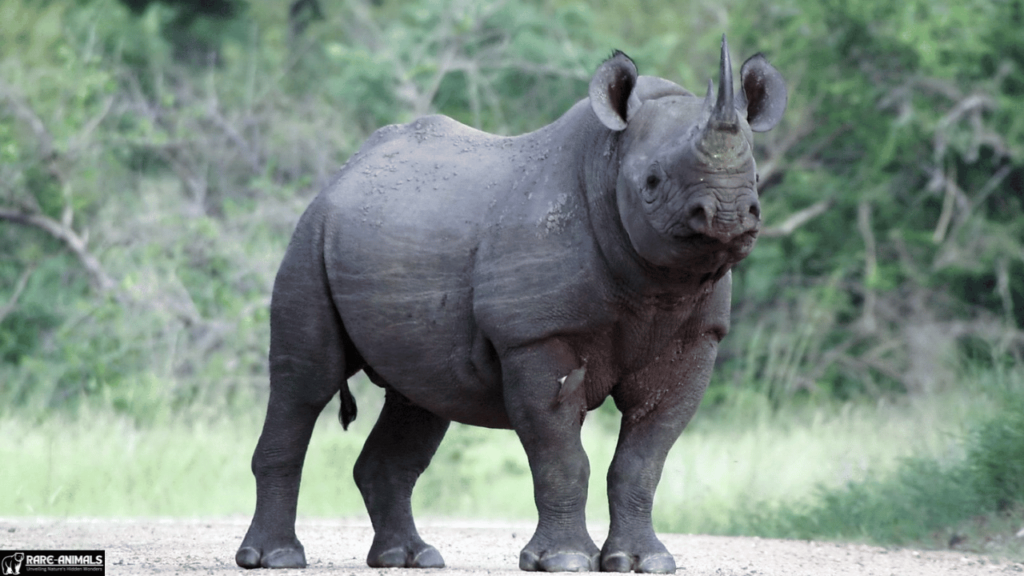
Future of Animal Classification: AI and Machine Learning
Advancements in artificial intelligence (AI) and machine learning are revolutionizing taxonomy:
- AI Algorithms – Can analyze millions of DNA sequences to classify new species.
- Image Recognition – Used in camera traps to identify species in the wild.
- Citizen Science Contributions – Platforms like iNaturalist allow users to contribute to species identification.
Conclusion
Animal classification is a fundamental aspect of biology, helping us understand the diversity of life and its evolutionary relationships. From the traditional Linnaean system to modern DNA-based classifications, taxonomy continues to evolve, shaping our knowledge of the natural world.
Understanding taxonomy not only deepens our appreciation for wildlife but also aids in conservation efforts and biodiversity preservation. By supporting scientific research and conservation initiatives, we can help protect Earth’s incredible diversity for future generations.
FAQs
1. Why do scientists classify animals?
Scientists classify animals to organize species, understand evolutionary relationships, and communicate findings globally.
2. What is the difference between genus and species?
A genus is a group of closely related species, while a species is a specific organism capable of interbreeding.
3. How does DNA help in animal classification?
DNA analysis provides precise genetic information, revealing evolutionary links between species.
4. What is the role of classification in conservation?
Taxonomy helps identify endangered species, understand their habitat needs, and develop conservation strategies.
5. Can new species still be discovered today?
Yes! Thousands of new species are identified each year, thanks to advances in genetic analysis and field research.

Alveena is an experienced content writer with a knack for crafting engaging and insightful pieces. She thrives on breaking down complex ideas and presenting them as clear, captivating content that resonates with readers.

